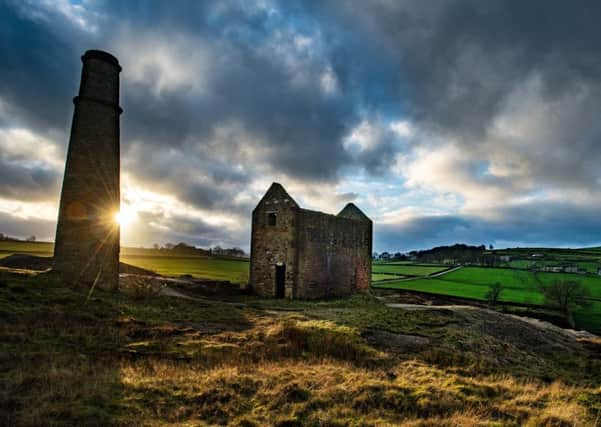Ruins of Yorkshire lead mine sheds light on county’s rich industrial heritage


They are in fact the Grade II-listed ruins of Cononley Lead Mine, just outside the village of Cononley, a few miles from Skipton.
Advertisement
Hide AdAdvertisement
Hide AdIt isn’t known exactly when lead mining began in the area, though there are references dating back to at least the 17th century. The remains of the existing buildings date from the early 1840s, when production at the site increased rapidly.
The story actually goes back much further. Cononley is a Domesday Book village described in William the Conqueror’s exhaustive property survey of 1086 as “king’s land”. But before his death in 1088, the king gifted the estate to his staunch supporter Robert de Romille, the powerful Lord of Skipton, and that family presented part of the manor to Bolton Priory in the mid-12th century.
However, it wasn’t until the 1800s when cottage weaving and then lead mining – which took place in the hills to the south of the village – gathered pace that the area really developed.
In the second half of the 19th century, two textile mills brought prosperity to the village, attracting workers and raising the population to 1,300 souls, most of whom were employed at the looms.
Advertisement
Hide AdAdvertisement
Hide AdWe often associate the factories and mills that helped to power the Industrial Revolution with the big towns and cities of West Yorkshire but the more remote corners of the Pennine hills were hives of activity, too, and still bear the scars from centuries of heavy industry.
Lead mining in the 18th and 19th centuries left its mark on a swathe of land across the North and several ruined mine workings can still be seen in the uplands today.
What draws visitors to the area these days, though, is not only its industrial heritage, captured in this striking photograph, but also the remote landscape and the solitude that can be found here – not to mention the views.
Technical details: Nikon D4, 17-35mm lens with an exposure of 1/250th second at f8, ISO 125.